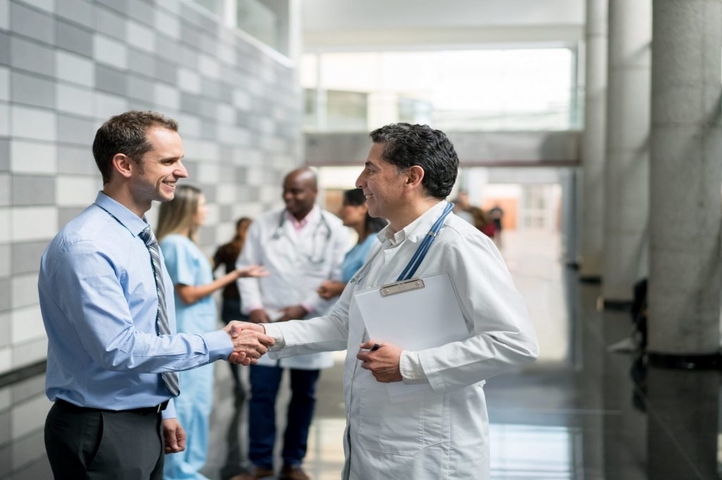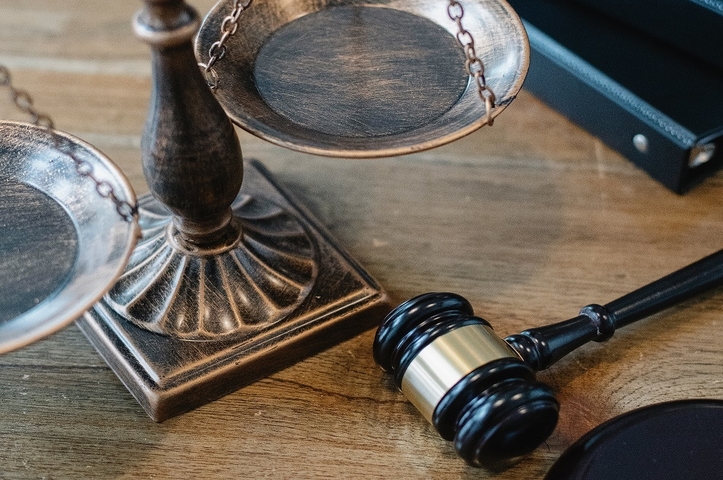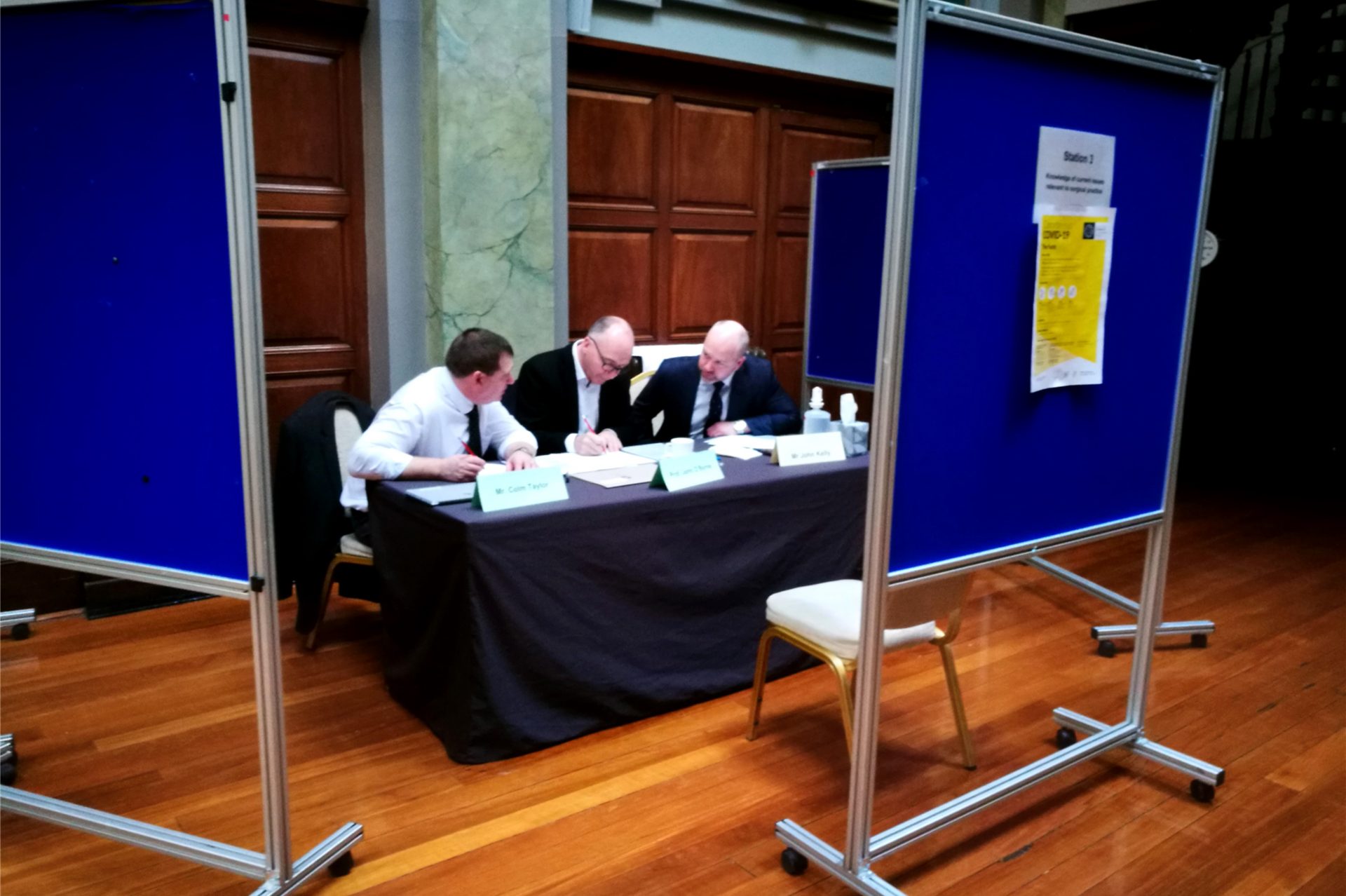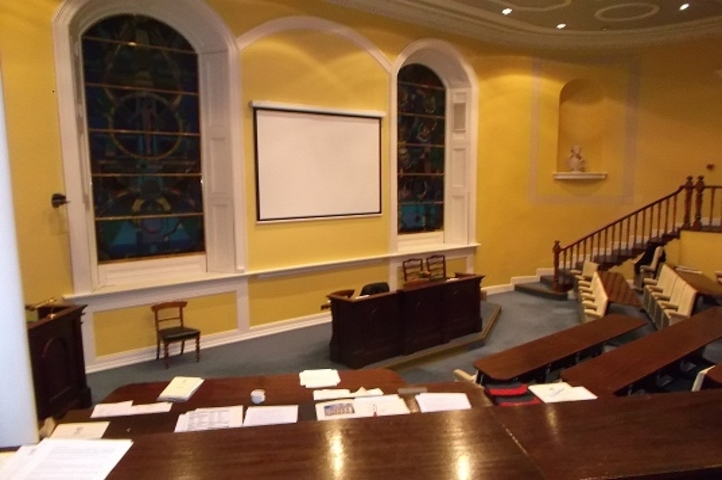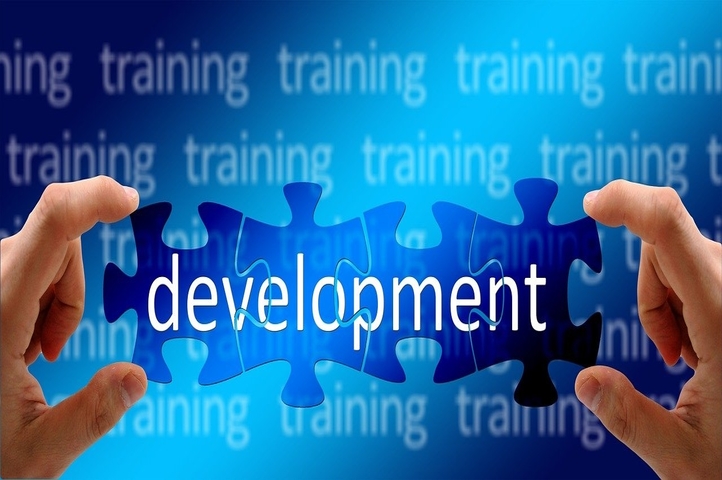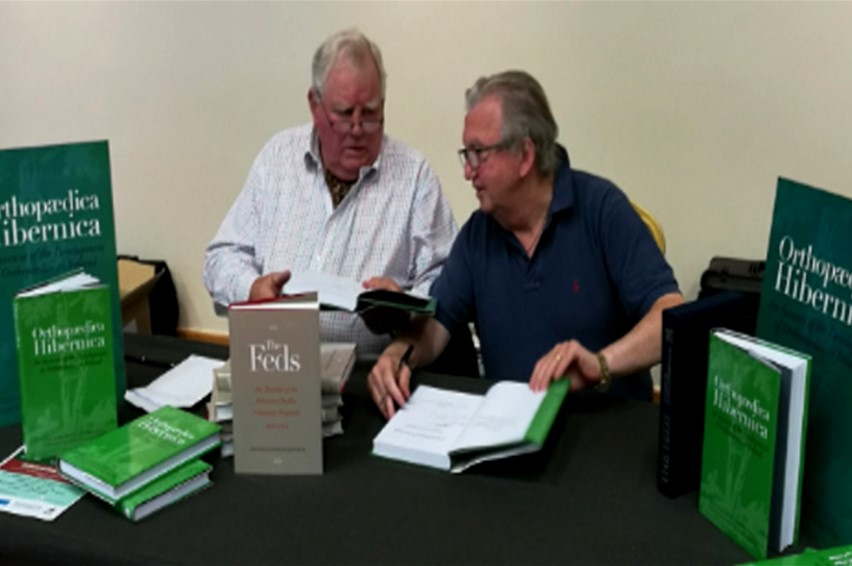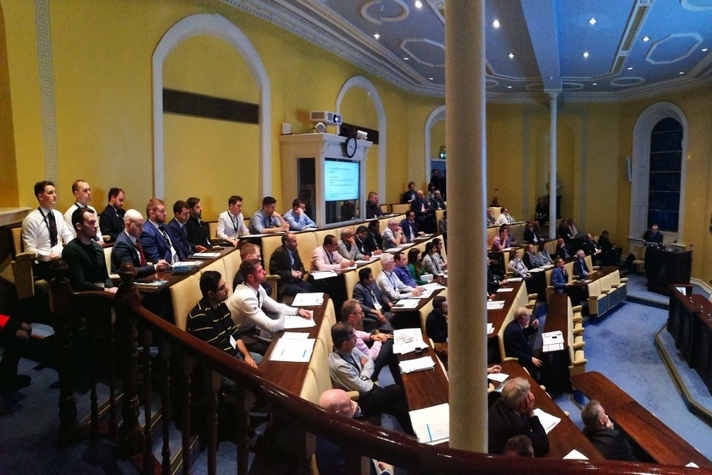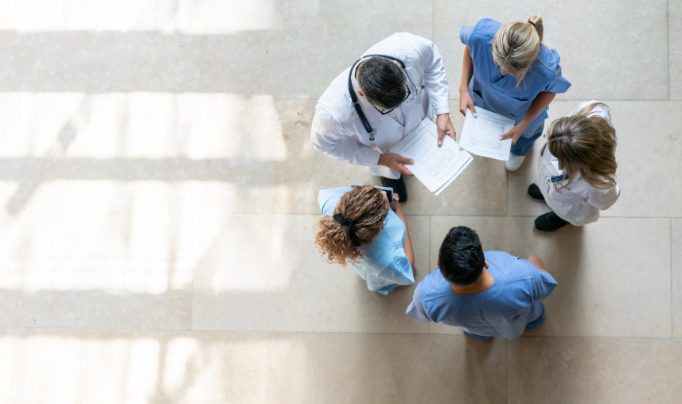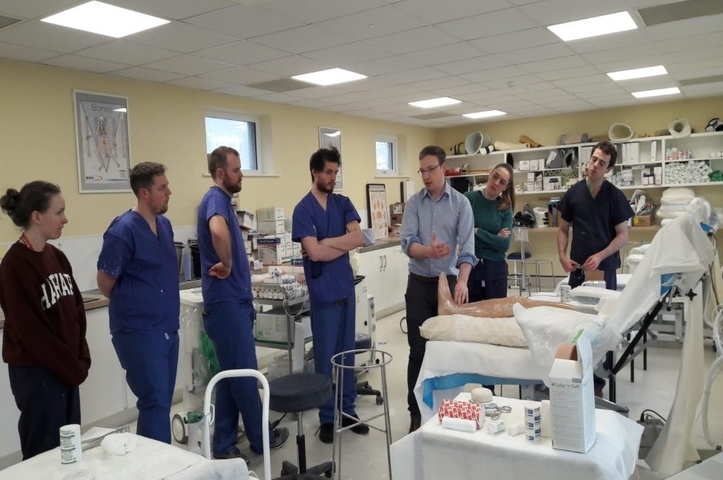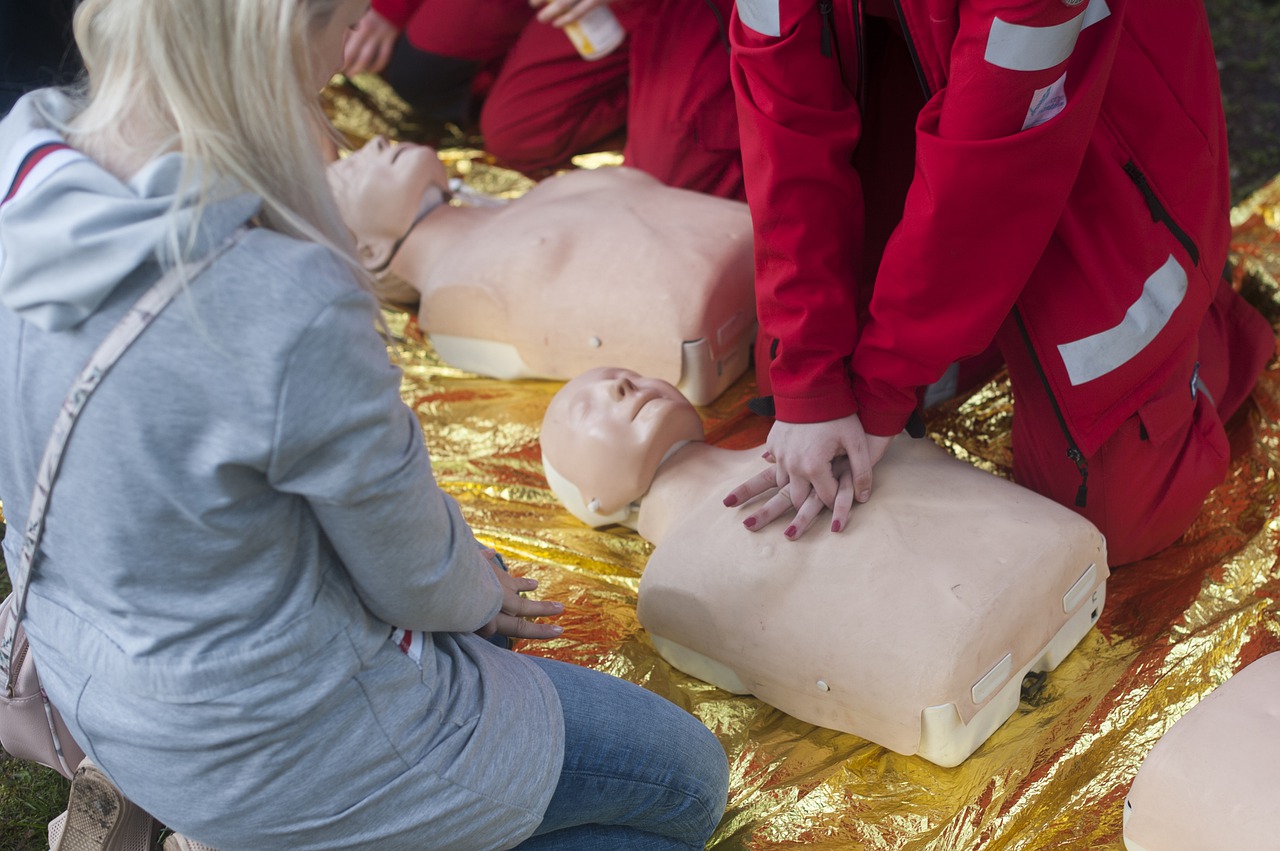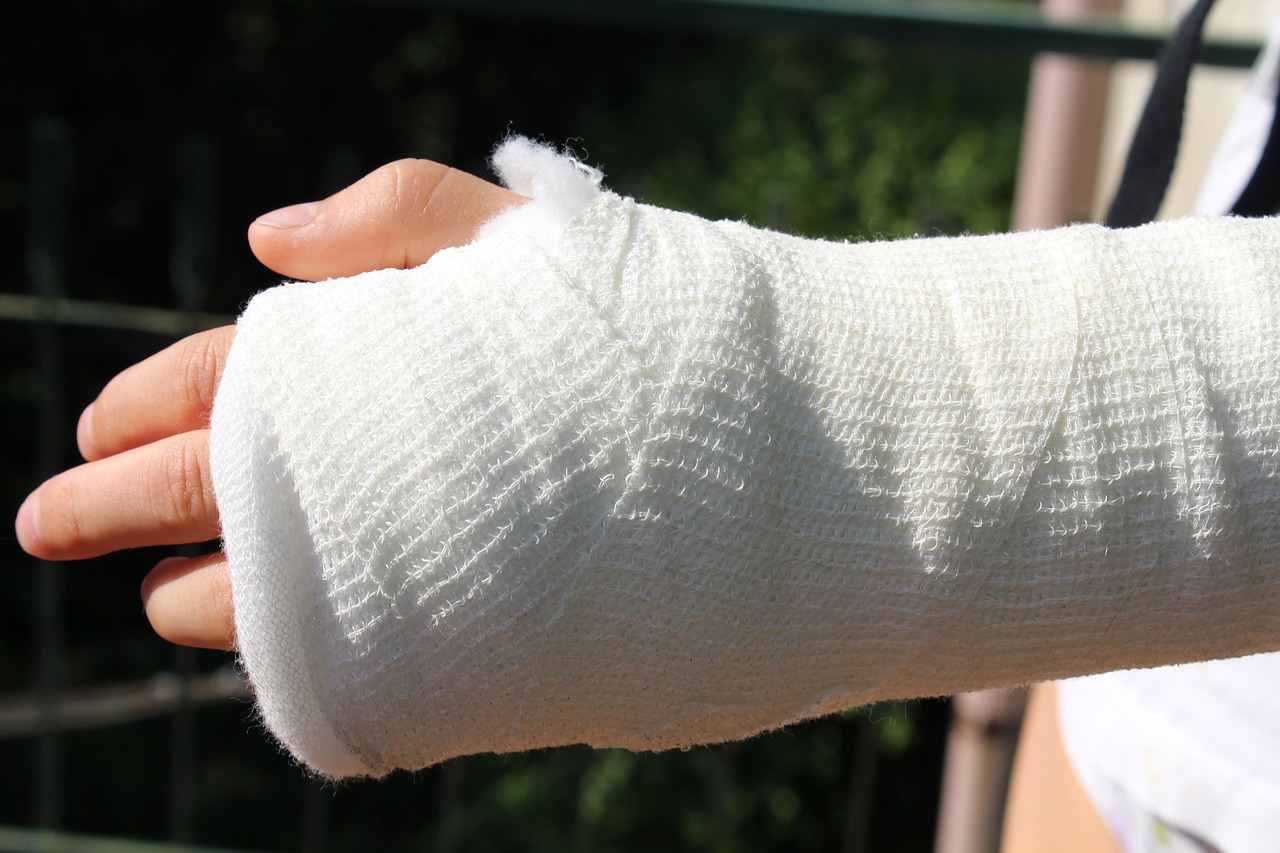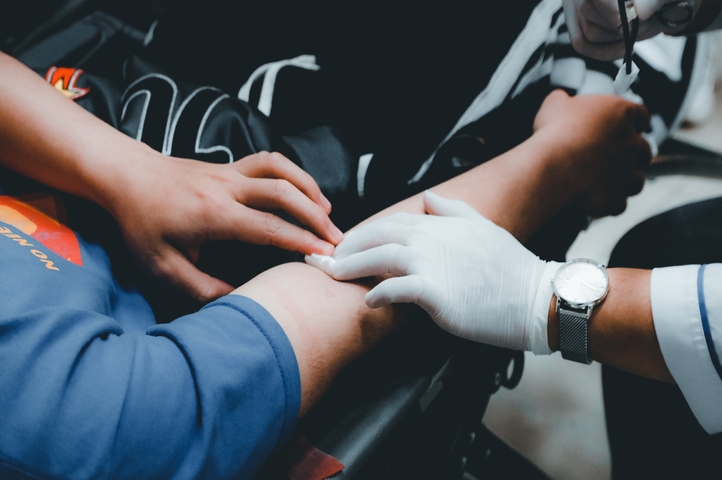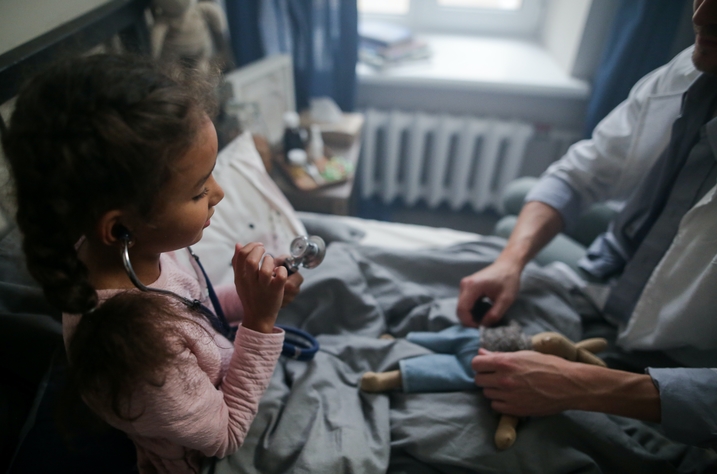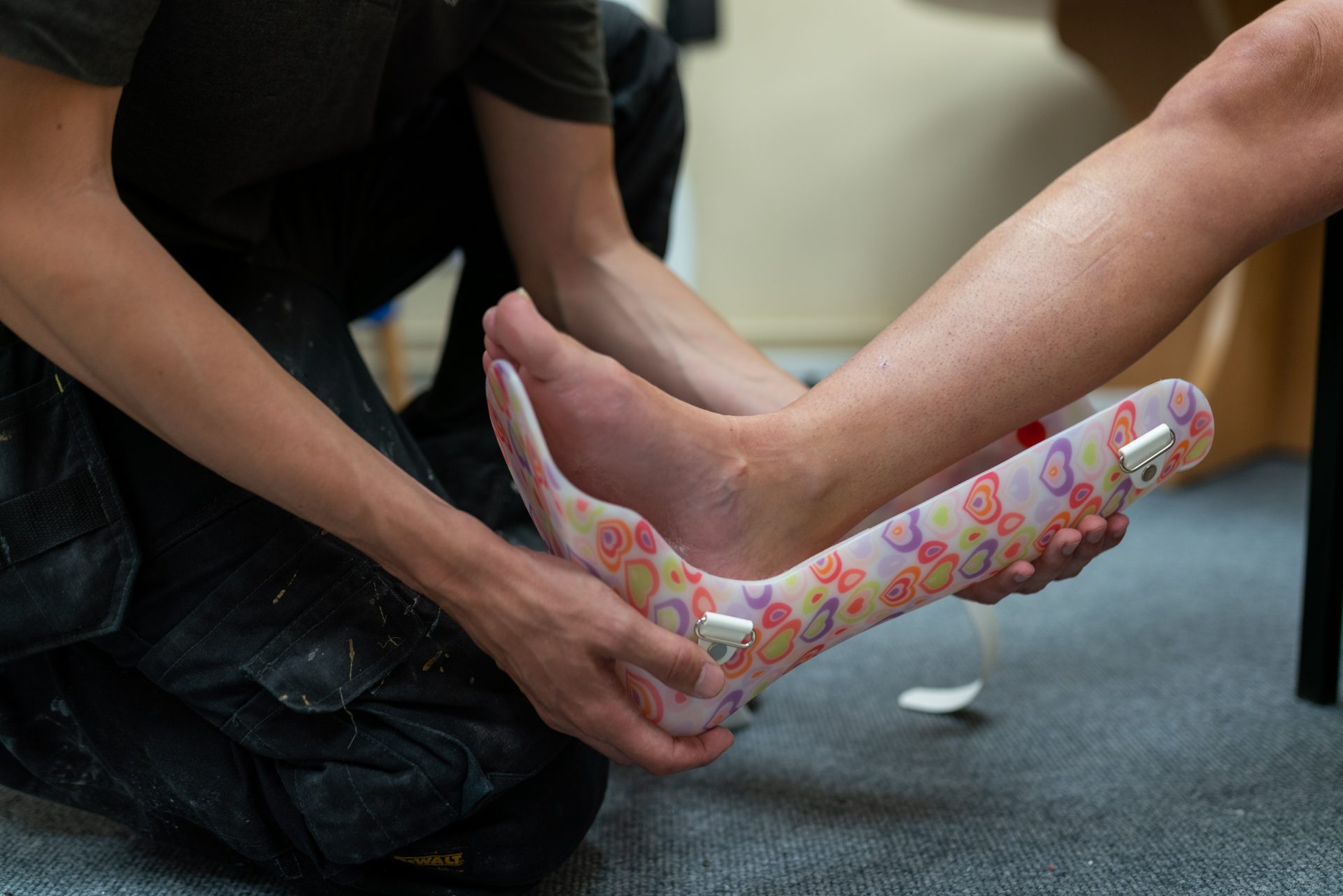The Irish Institute of Orthopaedic Surgeons was formed in 1972. Its functions included determining the need for new orthopaedic appointments, involvement in the replacement of those retiring, and a commitment to develop a training program in line with that being established in the UK under the auspices of the Specialist Advisory Committee (SAC) of the Joint Committee of the Royal Colleges of Surgeons.
A Brief History of the Irish Institute of Trauma and Orthopaedic Surgery
David FitzPatrick
The late 19th and early 20th Century saw the emergence of Orthopaedic Surgery as a Specialty in its own right in Europe the United States and in these Islands. The American Orthopaedic Association (AOA) was established in 1887, the short-lived British Orthopaedic Society (BOS) in 1894 and the British Orthopaedic Association (BOA) in 1918.
Despite the turmoil in Ireland in the earlier 20th Century orthopaedic services continued to develop dealing with polio and tuberculosis throughout the country and in the North casualties of war and an influx of American medics. Nevertheless it would appear that relations between orthopaedic surgeons north and south were never worse than extremely cordial with the Irish College providing a common bond. It is pure conjecture but not improbable that the passage of the Republic of Ireland Act in 1948 and the advent of the NHS resulted in a formalisation of this cordial bond and the establishment of the Irish Orthopaedic Club (IOC) in 1951 whose purpose was to further the development of orthopaedics in Ireland. The emphasis was to be on clinical orthopaedics but there also was considerable social activity. !n Northern Ireland the organisation of Orthopaedic services and training since 1940 had come under the auspices of the North of Ireland Council for Orthopaedic Development (NICOD) a body quite distinct from the Club. The Club of course over the years flourished until it became the Irish Orthopaedic Association in 1985 as which it continues today.
It became clear that it was necessary that a separate group be established to negotiate with the Irish Government and Department of Health a function would be inappropriate for the IOC to develop. This necessity became acute when An Comhairle na n-Ospideal was formed in 1968 and at a meeting of relevant Surgeons in IMO House in 1972 the Irish Institute of Orthopaedic Surgeons was formed. Its functions included determining the need for new orthopaedic appointments, involvement in the replacement of those retiring, and a commitment to develop a training program in line with that being established in the UK under the auspices of the Specialist Advisory Committee (SAC) of the Joint Committee of the Royal Colleges of Surgeons. Paddy MacAuley was the first Chairman, and Niall Mulvihill Hon Secretary for a number of years – in fact until the training programme was fully established. One of the first asked to draw up a training programme was Jimmy Sheehan. After a full assessment by the SAC and on their advice a number of changes made the training programme was accepted and the first certificates awarded in 1976/77. But It is interesting to review copies of the correspondence between Mulvihill and the SAC Committee, many prospective trainees, and those involved in the actual training. The amount of work was enormous and it is probable that the time spent on it and the excellent outcome on which our training programme continues to be based has until now been unacknowledged!! But “many a flower is born to blush unseen and waste its sweetness on the desert air” and when discovered must even belatedly be given the recognition and appreciation due!!
These organisations were not without Irish members. Nicholas Grattan from Cork was a corresponding member of the AOA and a Council Member of the BOS. William “Baldy” Haughton was a founding Member of the BOA as would Robert Lafayette Swann have been had he not died before this was confirmed. From Belfast Sir Samuel Irwin, Jimmy Withers, and Bob Wilson were later members as was Arthur Chance and others from Dublin.
Since those early days the Institute has continued its training programmes modifying these as necessitated by changes in the examining system. It is due to the dedication of the trainers that the results over the years have consistently retained a very high standard which must of course be reflected in the quality of orthopaedic practice here.
A number of changes have of course taken place. In 1981 the Irish Orthopaedic Trainees Association was formed. The institute name has changed twice. First in 1999 the Institute became a limited company – the Irish Institute for Orthopaedic Surgery, and in 2001 to take into account the importance of Trauma in Orthopaedic Practise it was renamed the Irish Institute for Trauma and Orthopaedic Surgery.
In recent years the influence of Europe has become more noticeable. The body linking Europe’s National orthopaedic Associations is the European Federation of National Associations of Orthopaedics and traumatology (EFFORT). Associated with EFFORT is the European board of Orthopaedics and Traumatology (EBOT) which has developed a specialist qualifying system and assessment for European orthopaedic trainees. This is available for all trainees across Europe and must be regarded as being in competition with that used here and in the UK. Whether EBOT will become equivalent to FRCS Orth or whether they will be recognised as being equivalent remains to be seen.
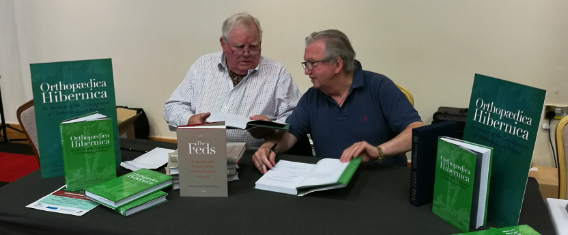
Mr David FitzPatrick and Mr Ossie Fogarty at the
signing of Orthopaedica Hibernica in the RCSI.

